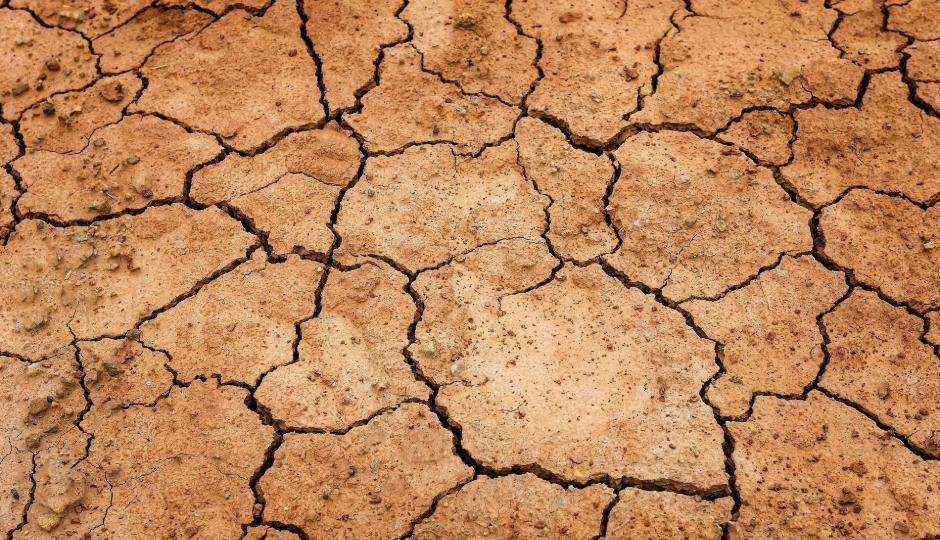Space technology helps predict droughts five months in advance
 Highlights: Researchers at the Australian National University have found a way to predict droughts and bushfires months in advance. They used the recently decommissioned GRACE satellites to gather supplementing data. The data helps them determine the water distribution underground. If you ever wondered if anything spectacular came of sending so many satellites up into space, here’s a story for you—scientists from the Australian National University (ANU) in Canberra have used data from satellites to predict droughts and increased bushfire risks up to five months in advance. The findings were published by ANU researcher Siyuan Tian and her team in a paper in Nature Communications. According to a news release by the university, the researchers at ANU used data from multiple satellites to measure underground water in the earth with a high level of precision. “We've been able to use them to detect variations in water availability that affect the growth and condition of grazing land, dryland crops and forests, and that can lead to increased fire risk and farming problems several months down the track,” commented Tian. Combining the data gathered from satellites with a simulated model of water cycle and plant growth enabled them to understand underground water distribution better, said Albert van Dijk, a co-researcher in the study and a professor at the ANU Fenner School of Environment and Society. “We have always looked up at the sky to predict droughts - but not with too much success. This new approach - by looking down from space and underground - opens up possibilities to prepare for drought with greater certainty. It will increase the amount of time available to manage the dire impacts of drought, such as bushfires and livestock losses,” he added. The forecasts will later be combined with the latest satellite maps from the Australian Flammability Monitoring System at ANU to predict the risk of uncontrolled bushfires and how they change patterns in the coming months. Tian and her team used data from the recently decommissioned Gravity Recovery and Climate Experiment (GRACE) satellites but will get data in the future from the GRACE Follow-On satellites, which were put in space last year. The GRACE satellites gave the team an accurate measurement of the changes in total water storage anywhere in the planet, which helped them immensely in this study. Related Read: NASA's Curiosity shares a selfie before setting off on new adventure
Highlights: Researchers at the Australian National University have found a way to predict droughts and bushfires months in advance. They used the recently decommissioned GRACE satellites to gather supplementing data. The data helps them determine the water distribution underground. If you ever wondered if anything spectacular came of sending so many satellites up into space, here’s a story for you—scientists from the Australian National University (ANU) in Canberra have used data from satellites to predict droughts and increased bushfire risks up to five months in advance. The findings were published by ANU researcher Siyuan Tian and her team in a paper in Nature Communications. According to a news release by the university, the researchers at ANU used data from multiple satellites to measure underground water in the earth with a high level of precision. “We've been able to use them to detect variations in water availability that affect the growth and condition of grazing land, dryland crops and forests, and that can lead to increased fire risk and farming problems several months down the track,” commented Tian. Combining the data gathered from satellites with a simulated model of water cycle and plant growth enabled them to understand underground water distribution better, said Albert van Dijk, a co-researcher in the study and a professor at the ANU Fenner School of Environment and Society. “We have always looked up at the sky to predict droughts - but not with too much success. This new approach - by looking down from space and underground - opens up possibilities to prepare for drought with greater certainty. It will increase the amount of time available to manage the dire impacts of drought, such as bushfires and livestock losses,” he added. The forecasts will later be combined with the latest satellite maps from the Australian Flammability Monitoring System at ANU to predict the risk of uncontrolled bushfires and how they change patterns in the coming months. Tian and her team used data from the recently decommissioned Gravity Recovery and Climate Experiment (GRACE) satellites but will get data in the future from the GRACE Follow-On satellites, which were put in space last year. The GRACE satellites gave the team an accurate measurement of the changes in total water storage anywhere in the planet, which helped them immensely in this study. Related Read: NASA's Curiosity shares a selfie before setting off on new adventurefrom Latest Technology News http://bit.ly/2CTMCHn

No comments